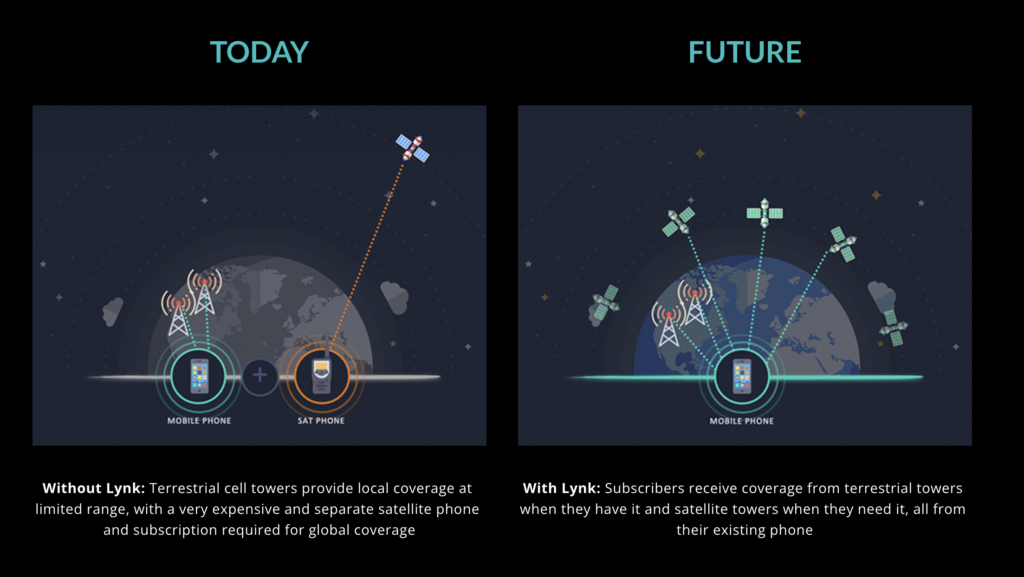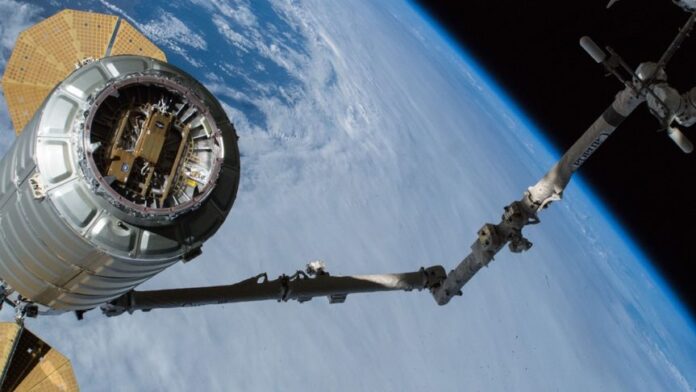According to Lynk, only about 25% of the world’s landmass is served by terrestrial cell towers
BICS and Lynk Global have signed a satellite-direct-to-phone agreement to provide more robust cellular coverage, particularly in remote and rural communities.
“BICS firmly believes that connected communities are stronger communities,” said Mikael Schachne, VP of telco market at BICS. “With Lynk, we recognized the chance to create something very meaningful and special for our mobile network operators’ partners and their subscribers. This partnership is about building bridges so that more people can connect to and benefit from a connected society than ever before.”
Lynk is pairing its satellite technology with BICS’ network, providing mobile operators in the Lynk Global network coverage area — which includes North America, the Caribbean, Latin America, South-East Asia and several rural areas in Africa — with extended network coverage in areas without cell towers.
According to Lynk’s website, only about 25% of the world’s landmass is served by terrestrial cell towers. Further, when you include the oceans, coverage drops down to 10%. To solve for this, the company launched the Lynk Global network, which it says connects a “space cell tower” directly to a standard mobile phone on Earth.
“The phone signal can reach an orbiting satellite 500 kilometers overhead without interrupting the mobile phone protocol,” stated Lynk. “In short, the ‘cell tower in space’ just looks like a standard cell tower to the phone in your pocket.”

Charles Miller, Lynk CEO and co-founder, issued the reminder that despite the advances in mobile services, “billions of people still experience extended periods of disconnectivity, and hundreds of millions live without any connectivity.”
“Being left out of the digital world creates barriers to economic growth and social improvement — trapping hundreds of millions in the deepest poverty,” Miller continued. “It also eliminates access to basic emergency services, making life more dangerous. Our partnership with BICS will allow MNOs to affordably expand their coverage and connect more people, saving lives and accelerating economic development for those living in the remotest parts of the world.”
Last week, SpaceX and T-Mobile US made a similar announcement, revealing plans to leverage the next generation StarLink satellites — launching later this year — to offer direct-to-satellite services from mobile phones. The pair will use the carrier’s nationwide mid-band spectrum to create a new network that will broadcast from Starlink’s satellites. T-Mobile claimed that this non-terrestrial network will deliver text coverage “practically everywhere in the continental US, Hawaii, parts of Alaska, Puerto Rico and territorial waters.”

